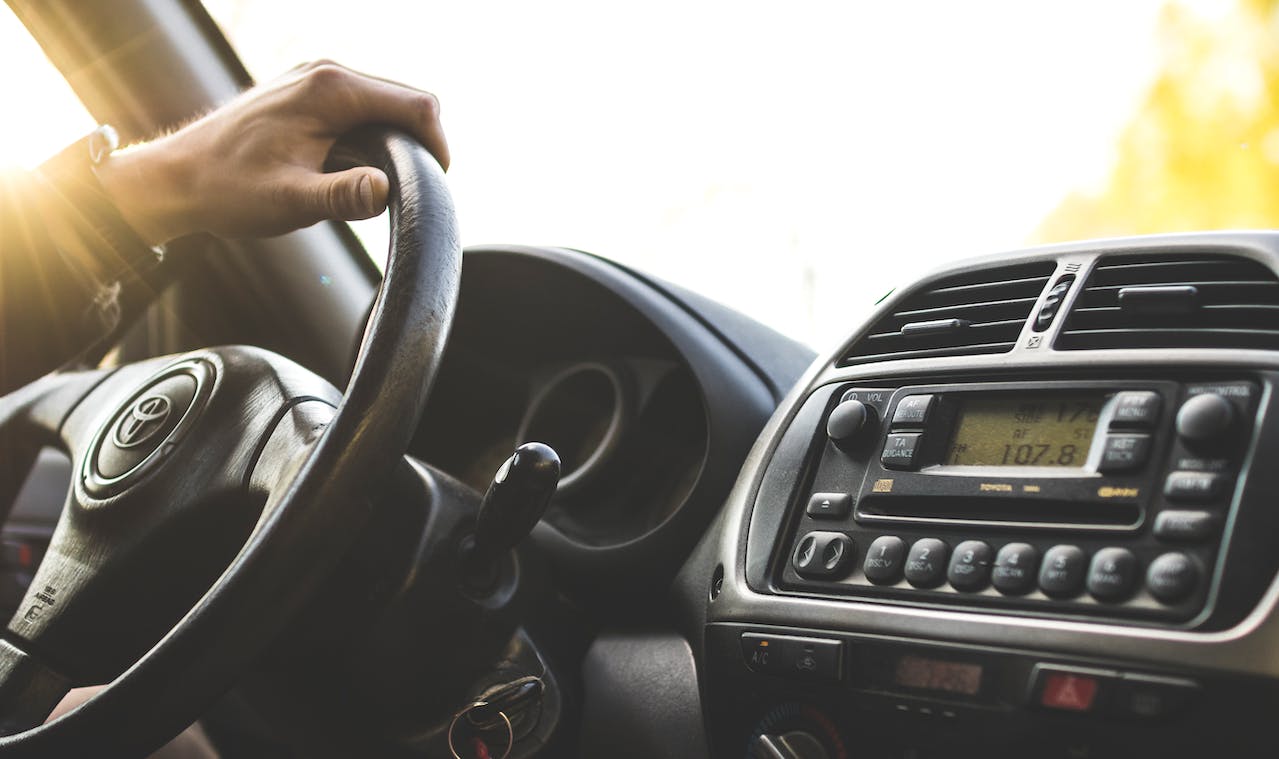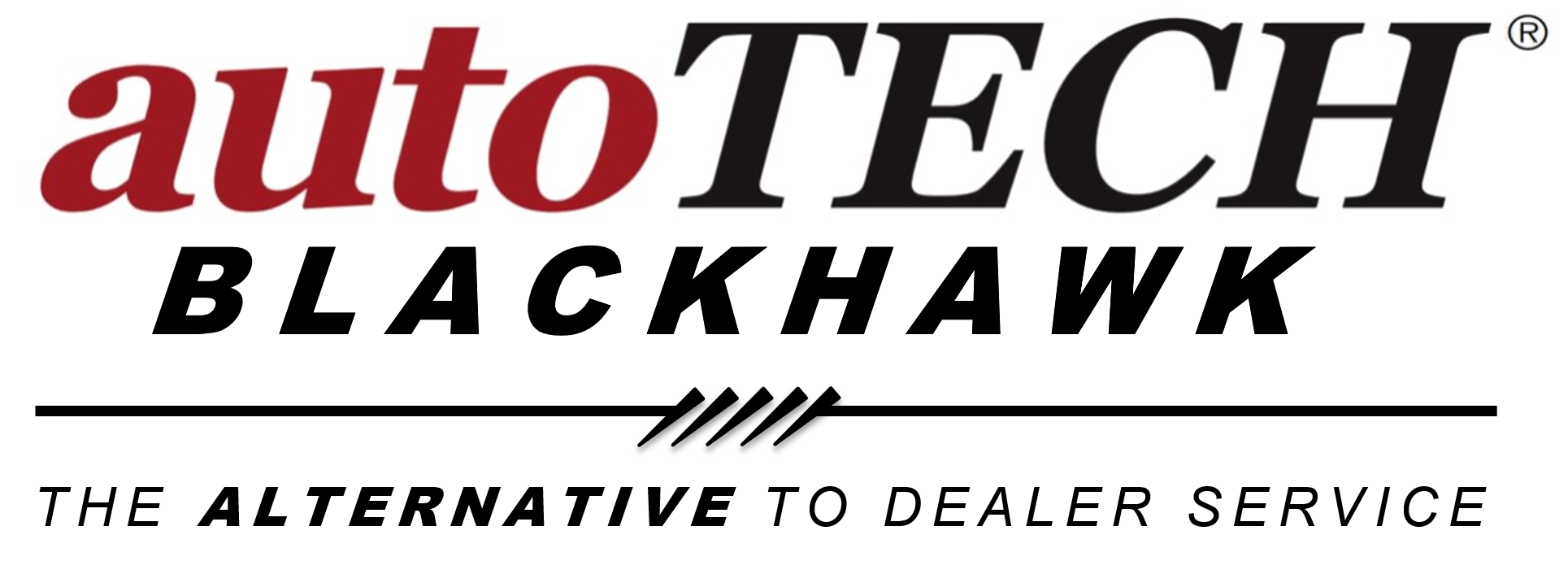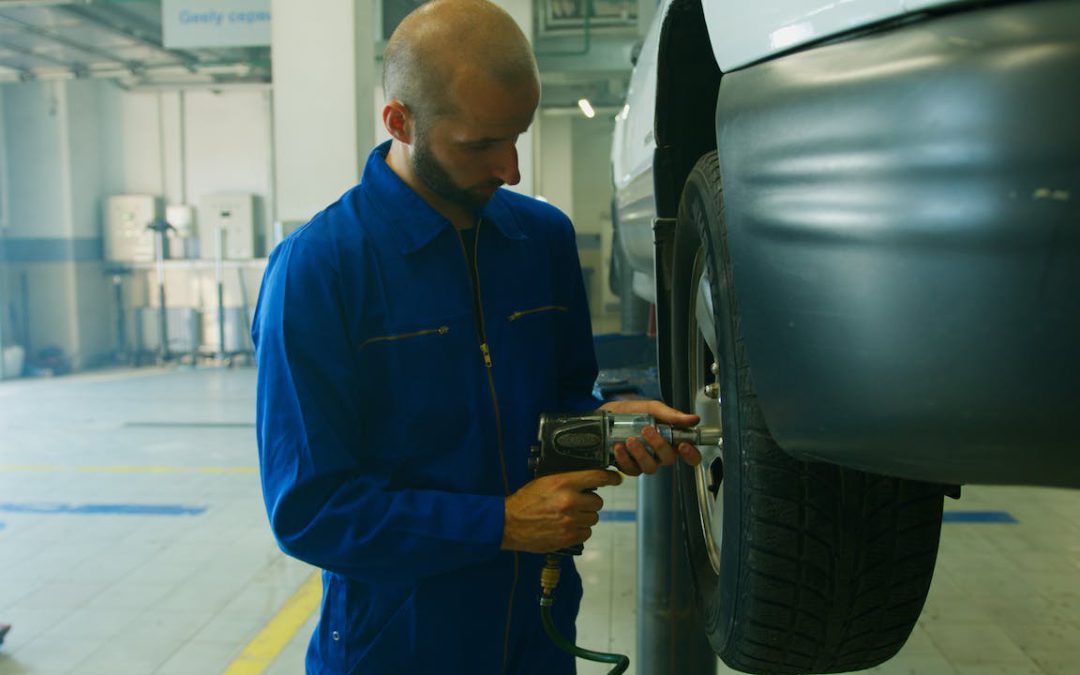In-home maintenance, and selecting quality heating repair services for repair radiators are crucial for optimal performance. Expert tips can help navigate this decision-making process effectively. Understanding the historical context of radiator maintenance services can shed light on the evolution of industry standards and best practices. By delving into these insights, homeowners can make informed choices when choosing a radiator maintenance service provider. Please stay tuned to find some valuable advice that will empower you to make the best decision for your home’s heating system.
Understanding Your Car’s Cooling System
Components
Your car’s cooling system comprises essential components such as the radiator, water pump, and thermostat. The radiator is responsible for dissipating heat, while the water pump circulates coolant throughout the system. On the other hand, the thermostat regulates the coolant flow to maintain the ideal operating temperature.
Functionality
These components work in harmony to ensure heating efficiency and regulate the level of heat produced by the engine. The radiator cools down the hot coolant coming from the engine, which is then circulated back to absorb more heat. Meanwhile, the water pump propels the coolant through the engine block and radiator, aiding in heat dissipation.
Malfunction Signs
Recognizing signs of a malfunctioning cooling system is crucial for preventing engine damage. Be vigilant for symptoms like overheating, visible coolant leaks, or a dashboard warning light indicating high engine temperature requiring radiator repair or repair service. Addressing these issues promptly can prevent costly repairs and keep your car running smoothly.
Common Radiator Problems
Overheating Issues
Detects overheating issues in your vehicle, which may signal radiator blockages or leaks. When the radiator is blocked, coolant won’t flow properly, leading to inconsistent heating. This can result in engine overheating and potential damage.
Rust and Corrosion Impact
Understand the detrimental impact of rust and corrosion on your radiator’s efficiency and lifespan. These issues can lead to leaks, radiator repair, and reliable garage heater problems. Rust weakens the radiator, causing it to deteriorate faster.
Coolant Leaks Symptoms
Identify symptoms of coolant leaks, such as low coolant levels or visible puddles under the car. Coolant leaks can affect overall vehicle performance, causing the engine to overheat. Addressing leaks promptly is crucial to prevent further damage.
Essential Tools for DIY Repair
Gather Tools
To effectively maintain radiators, gather necessary tools like wrenches, screwdrivers, and pliers for various repairs. Having these tools on hand ensures you can address common radiator issues promptly.
Acquire Equipment
For more specialized repairs, consider acquiring equipment such as pressure testers and coolant flush kits. These tools are essential for diagnosing complex problems and ensuring thorough maintenance.
Familiarize with Safety Gear
Before starting any repair work, it’s crucial to familiarize yourself with safety gear. Wear gloves and goggles to protect yourself from hot coolant and sharp edges. Safety should always be a top priority when working on radiators.
Safety Precautions to Take
Allow Cooling Time
Always allow the engine to cool before starting any radiator maintenance. This step is crucial to prevent burns.
Wear Protective Gear
Use protective gear such as gloves and goggles to shield yourself from potential chemical exposure while handling coolant.
Ensure Proper Ventilation
When working in enclosed spaces, make sure to have adequate ventilation. This prevents inhalation of harmful fumes released during radiator maintenance.
Step-by-Step Guide to Fixing Radiator Issues
Diagnosing the Problem
When facing radiator issues, start by checking for common problems like leaks, uneven heating, or strange noises. Inspect the radiator valves and thermostat to ensure they are functioning correctly. Look for signs of corrosion or rust, which can indicate underlying issues.
Gathering Tools and Materials
Before starting any repairs, gather essential tools such as a wrench, pliers, pipe cutter, and a bucket for drainage. Acquire necessary materials like replacement valves, seals, or pipes if needed. Having everything on hand will streamline the repair process.
Executing Repairs
Begin by turning off the heating system and allowing the radiator to cool down. Use the wrench to remove the radiator valve carefully. Inspect the valve for any damage and replace it if necessary. Apply sealant to prevent leaks and ensure a tight seal.
Bleeding the Radiator
To eliminate trapped air in the system, bleed the radiator by opening the bleed valve. Use a cloth to catch any drips and close the valve once water flows smoothly. This process ensures optimal heating efficiency throughout your home.
Testing the System
After completing repairs, turn on the heating system and monitor the radiator’s performance. Check for any leaks or unusual sounds that may indicate lingering issues. Ensure consistent heating across all radiators in your home.
Documenting Repairs
To track maintenance history and aid future troubleshooting, document each repair step taken. Note down any parts replaced, repairs made, and observations during testing. This documentation will be valuable for reference in case of future radiator issues.
Final Checks
Before considering the repair complete, conduct a final inspection of the radiator system. Verify that all connections are secure, valves are functioning correctly, and there are no leaks present. Perform a thorough test run to confirm that the issues have been successfully resolved.
Draining and Flushing the Cooling System
Draining
To maintain your heating system effectively, start by draining the old coolant properly. Begin by locating the radiator drain valve under the vehicle. Once found, place a container underneath to catch the fluid. Turn the valve counterclockwise to open it and let the coolant flow out.
Remember, draining the coolant ensures that your system remains clean and free from any contaminants. By following this step correctly, you prevent any potential issues that may arise from using old or contaminated coolant.
Flushing
After draining the old coolant, the next crucial step is flushing the cooling system. This process involves running water through the system to remove any debris or build-up that could impede its performance. Connect a garden hose to the radiator and let water flow through until it runs clear.
Flushing is essential for maintaining the efficiency of your heat system. It helps prevent clogs and ensures that heat is distributed evenly throughout your vehicle. Regularly flushing the system can extend the lifespan of your radiator and prevent costly repairs in the future.
Disposal
Proper disposal of old coolant is vital for both your vehicle and the environment. Many local regulations govern how to dispose of coolant safely. Contact your local waste management facility for guidance on where to take your old coolant. Never pour it down drains or onto the ground.
Repairing Leaks and Replacing Parts
Identifying Leaks
Common leak sources in a radiator include deteriorating hoses and faulty connections. Technicians often inspect these areas for efficient repairs.
Leaking coolant can lead to overheating, engine damage, and potential breakdowns. Timely repairs are crucial to prevent costly issues down the line.
Patching vs. Replacing
When dealing with leaks, repair technicians may offer patching solutions as a temporary fix. However, successful repairs might require replacing damaged parts.
Patching leaks can be a quick solution but may not always be long-lasting. Assessing the damage is essential to determine the most effective repair approach.
Cost-Effective Solutions
In some cases, opting for necessary repairs might not be the most cost-efficient choice. Complex repair work or multiple issues may warrant part replacements instead.
Considering factors like the age of the radiator and the extent of damage is crucial. Quality heating repair services often provide guidance on when replacements are more viable.
Maintenance Tips to Prevent Radiator Problems
Coolant Levels
Regularly check coolant levels to ensure optimal performance. Low levels can lead to overheating, while old coolant can cause corrosion.
Inspect hoses and connections for wear or damage. Damaged hoses can result in leaks, leading to inefficient cooling and potential engine damage.
Radiator Cleanliness
Keep the radiator clean to enhance airflow and cooling efficiency. Debris accumulation can obstruct airflow, causing the engine to overheat.
- Regularly flush the radiator to remove built-up sediment and contaminants.
- Use a soft brush or compressed air to clean the fins and remove any dirt or debris.
Professional Maintenance Services
Consider hiring a reputable radiator maintenance service for thorough inspections and maintenance. Professionals can detect issues early on and prevent costly repairs.
- Look for certified technicians with experience in radiator maintenance.
- Ensure the service provider offers comprehensive maintenance packages tailored to your needs.
Regular Inspection and Cleaning
Establish Routine
Establish a routine inspection schedule to catch potential issues early. By doing so, you can prevent minor problems from escalating into costly repairs. Regular checks ensure your radiator functions efficiently.
Clean Exterior
Clean the exterior of the radiator to improve heat dissipation and prevent overheating. Dust and debris can accumulate on the surface, hindering proper heat transfer. A clean radiator operates more effectively.
Monitor for Issues
Monitor for any unusual sounds or smells that may indicate underlying problems. Unusual sounds like hissing or banging could suggest air pockets or leaks in the system. Addressing these promptly can prevent further damage.
Closing Thoughts
Your car’s radiator maintenance is crucial for its longevity and performance. Understanding the cooling system, common issues, essential tools, safety precautions, and repair steps are vital. Regular inspection, cleaning, and maintenance can prevent costly problems. Remember to drain, flush, repair leaks, and replace parts as needed. By following these expert tips, you can ensure your radiator functions optimally. Don’t overlook maintenance to avoid breakdowns and keep your vehicle running smoothly.

Are You in Need of Expert Car Radiator Repair Services?
Discover the unmatched expertise of autoTECH Blackhawk in resolving clogged car radiator issues. Why choose autoTECH Blackhawk for your vehicle’s radiator repair needs? Our hallmark is our unwavering dedication to building lasting relationships with our customers, a crucial aspect in the intricate domain of car radiator systems and their maintenance. This commitment is the cornerstone of our personalized approach, ensuring that our radiator repair solutions are precisely tailored to meet your unique needs and objectives for your vehicle’s functionality and safety.
Whether you’re troubleshooting a persistent radiator clog, addressing issues with your car’s cooling system, ensuring the thermal reliability of your family vehicle, or seeking expert guidance on any radiator-related anomalies, autoTECH Blackhawk stands as your reliable ally. We are proud of our industry-leading 3-year/36,000-mile warranty and our promise to utilize only Original Equipment and manufacturer-recommended parts, guaranteeing your complete satisfaction with our radiator repair services. Don’t hesitate to contact our friendly team today to schedule a convenient and contactless consultation for your car’s radiator repair requirements!


